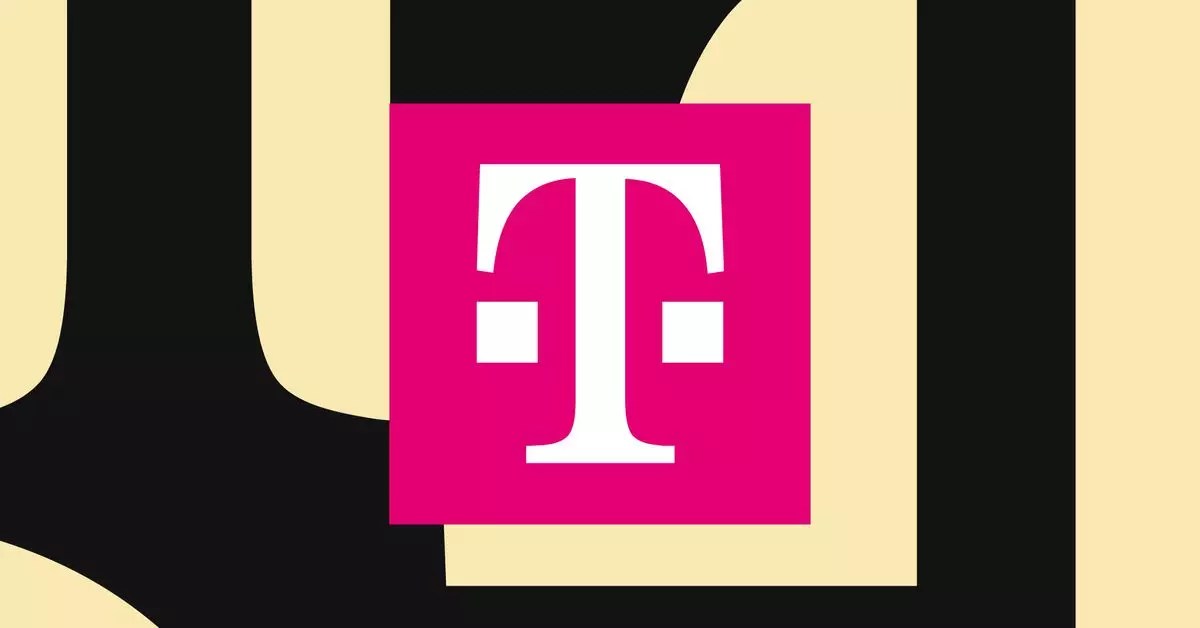In the wake of disasters, timely communication is vital for rescue and recovery operations. Recent developments from SpaceX and T-Mobile are setting the stage for a new era in emergency communications. The Federal Communications Commission (FCC) has granted these companies temporary authorization to utilize Starlink satellites to provide direct-to-cell phone services in regions grappling with the impact of Hurricane Helene, particularly in North Carolina. This initiative aims to address communication failures and blackouts caused by the hurricane’s devastating flooding.
With the rapid deployment of Starlink satellites, SpaceX aims to deliver crucial emergency alerts directly to cell phones across various networks in North Carolina. While the service is still in its nascent phases, it represents a significant milestone in how technology can augment public safety. As the satellites began broadcasting warnings, residents were able to receive real-time information regarding emergency situations, a lifeline that is particularly indispensable in a crisis.
The focus on basic texting capabilities further enhances the utility of this service. The testing of SMS functionalities for T-Mobile customers underlines an essential step towards ensuring that citizens can check-in with loved ones and receive critical updates. However, it is important to note that since the complete constellation of satellites has not yet been deployed, services provided will be on a “best-effort” basis, leaving room for variability in performance.
Despite the organization’s efforts, the communication landscape in the southeastern United States remains partially compromised. Hurricane Helene has resulted in several “blackout zones,” wherein traditional services have failed to operate effectively. The latest statistics released by the FCC indicate that while some improvements have been realized, numerous areas continue to experience significant outages. This underlines the urgency in addressing infrastructure weaknesses that inhibit timely disaster response.
Amid these efforts, concerns have been raised by larger telecommunications companies such as AT&T and Verizon regarding potential interference with their networks. They argue that the incoming signals from the new satellite technology could disrupt their existing systems, raising questions about regulatory and technological cooperation in ensuring reliable communication for all.
As we venture deeper into an era characterized by innovative technology, the partnership between SpaceX and T-Mobile underscores the potential of space-based internet and communication systems in disaster management. While some resistance from established cellular companies persists, the real test will be the success of this pilot initiative in providing uninterrupted communication during emergencies.
The use of satellite technology for direct-to-cell communications could very well reshape how society responds to and communicates in the face of natural disasters. Adaptations to the challenges presented by Hurricane Helene could serve as a template for future endeavors, potentially leading to a robust framework that ensures no one is left in the dark during critical moments.
The landscape of emergency communication is evolving swiftly, and as we look ahead, it’s critical for industry stakeholders to collaborate, innovate, and prioritize the safety of individuals in vulnerable situations. The situation demands not just market competition, but collective action to fortify our communication frameworks in times of crisis.


Leave a Reply